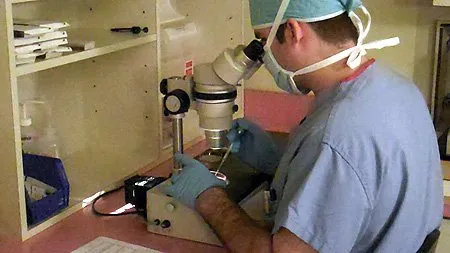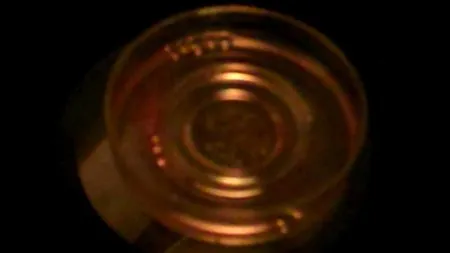In Vitro Fertilization (IVF) Risks and Limitations
Published: 12/11/2015
In Vitro Fertilization (IVF), patients are informed of the following procedures, risks, and limitations, and will have the opportunity to discuss them with their physician:
- Fertility medications and ovulation-inducing drugs may result in overstimulation of the ovary(s), which may cause pain, abdominal swelling, or other discomforts.
- A vaginal ultrasound will monitor follicle development. This is considered non-invasive and not associated with any known risk.
- Transvaginal egg retrieval is an outpatient procedure using IV anesthesia. There is a very small risk of injury to surrounding organs or tissues. If this occurs, the repair will be made at the time of injury and is usually a small bleeder in the vaginal wall from the aspirating needle.
- Transferring the embryos into the uterus may cause slight discomfort, cramping, spotting, or infection. There is a slight possibility of ectopic pregnancy (less than 5%) with any attempt at pregnancy. This would require treatment by MTX (methotrexate) or surgery to remove the ectopic pregnancy.
- The transfer of multiple embryos may result in multiple gestations. The risks of prematurity and other complications have been explained.
Patients are advised that any of the following may occur to prevent pregnancy:
- The time of ovulation may be misjudged (is rare to non-existent with the use of hCG trigger), may be unpredictable (again rare with the use of hCG trigger), may occur prior to retrieval (only if retrieving on a natural cycle), or may not occur in the monitored cycle (only if there is no follicular response) precluding any attempt to obtain an egg(s).
- Pelvic adhesions may prevent access to the ovary(s) but fortunately is very uncommon.
- Medical emergencies may make an operating room and/or anesthesia unavailable (would have to be a natural disaster, but Arizona Center for Fertility Studies has a backup power supply to adequately run the entire Assisted Reproductive Technology (ART) and cryo labs).
- Withdrawing an egg may be unsuccessful (generally because there was no egg in the follicle).
- The egg(s) may be of poor quality. This may or may not be visible or known to the embryologist or physician at the time of recovery.
- The partner may be unable to obtain a semen specimen (if this is anticipated, then Arizona Center for Fertility Studies will get a sperm sample in advance and freeze it, or in extreme cases, schedule back-up MESA/TESA.
- The sperm sample may be of poor quality (this is generally eliminated by doing ICSI).
- Fertilization may not occur; performing ICSI (intracytoplasmic sperm injection) does not guarantee fertilization (generally an egg quality issue).
- Cleavage or cell division of the fertilized egg(s) may not occur (again, generally an egg quality issue).
- The embryo(s) may not develop normally and would not be transferred.
- Implantation may not occur.
- A laboratory accident may result in loss or damage to the egg, sperm, or embryo (very rare).
- Transfer of the embryo(s) may not be successful (by doing a mock transfer first, this should never happen).
VIDEO OF TRANSVAGINAL ASPIRATION (TVA) OF FOLLICLES FOR OOCYTE (EGG) RECOVERY.

A picture of our embryologist receiving follicular fluid through a window attached to the adjacent operating room. The follicular fluid is at all times kept in a heat block on a warming tray at 37 degrees Celsius until it is checked for the egg. As the eggs are identified, they are "cleaned" of surrounding tissue and blood and placed in a holding dish on the warming stage of the microscope until all the eggs are collected, then placed in the incubator to await later ICSI.

A picture of the holding dish on the microscope warming plate after all the oocytes (eggs) have been recovered and identified from the follicular fluid. Each egg is surrounded by specialized cells called cumulus cells, making the usually microscopic egg visible to the naked egg.

Jennifer and Scott
October 2009
"I recall the first phone conversation I had with Gina. She spent over an hour explaining every detail of the transfer process to me. Every time I called the office, no matter who answered, they have always been polite and helpful. Scott and I were stunned at how much time Dr. Nemiro spent consulting with us. He is so friendly and approachable. After everyone adjusted schedules and plans for surgery, I witnessed Dr. Nemiro's passion and love for what he does. Your entire staff is compassionate and has a unique understanding of patients. Scott and I are thankful for each and every one of you. You've made this such a positive, memorable experience. We will plan a return visit in the future with the newest member of the family. Until then, thanks so much, and we'll keep you updated."











